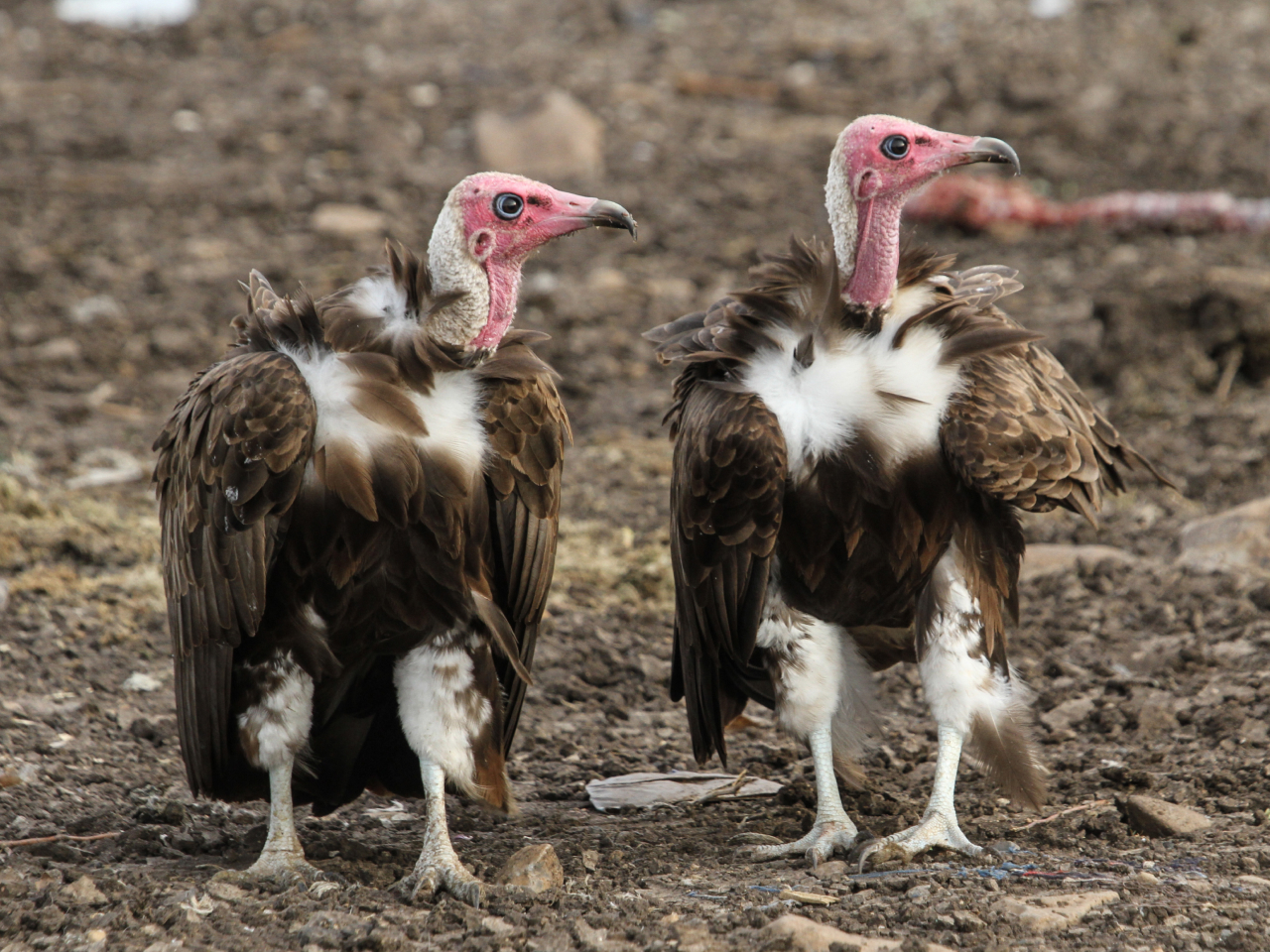
Evan Buechley
Examining Hooded Vulture Habitat Suitability in The Gambia
Vulture species are rapidly declining in West Africa, and even one of the most common species—the Hooded Vulture—is now listed as Critically Endangered. It’s important for vulture conservation efforts to understand what and where suitable habitat exists within a species’ range. Researchers perform habitat suitability assessments to map out predicted areas where the species can thrive.
A new publication, co-authored by Northeast Africa Program Director Dr. Darcy Ogada, is the first habitat suitability assessment for the Hooded Vulture in The Gambia, one of the last strongholds for the species in West Africa. This research was led by Michael Bode Agunbiade, a PhD student with our Northeast Africa Program. The researchers performed surveys for Hooded Vultures across the country in 2017 and 2021. They found that vultures were most likely to be found in urban areas; distance to roads and presence of water sources were also important factors for determining habitat suitability. They also found that more than half of The Gambia is unsuitable for the Hooded Vulture, and that there is a small area of highly suitable habitat.
These findings confirmed what the researchers hypothesized, as vultures are often seen consuming carcasses at dumps, slaughterhouses, and along roadsides in human-dominated areas. This affinity for urban areas has downsides, though, putting vultures at higher risk for infrastructure collisions, poisoning, hunting, and additional human-caused threats. The researchers recommend improving coexistence between humans and vultures in urban areas through bird-friendly building designs, conserving green spaces within urban areas, and raising awareness of the importance of vultures.






